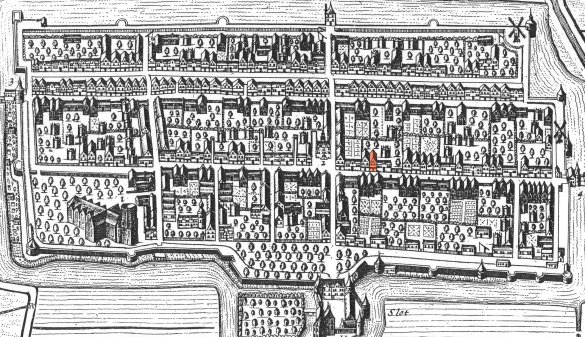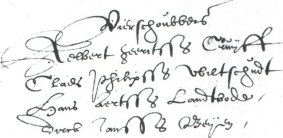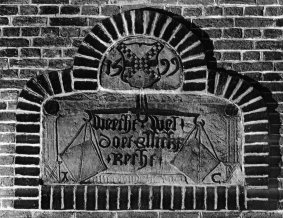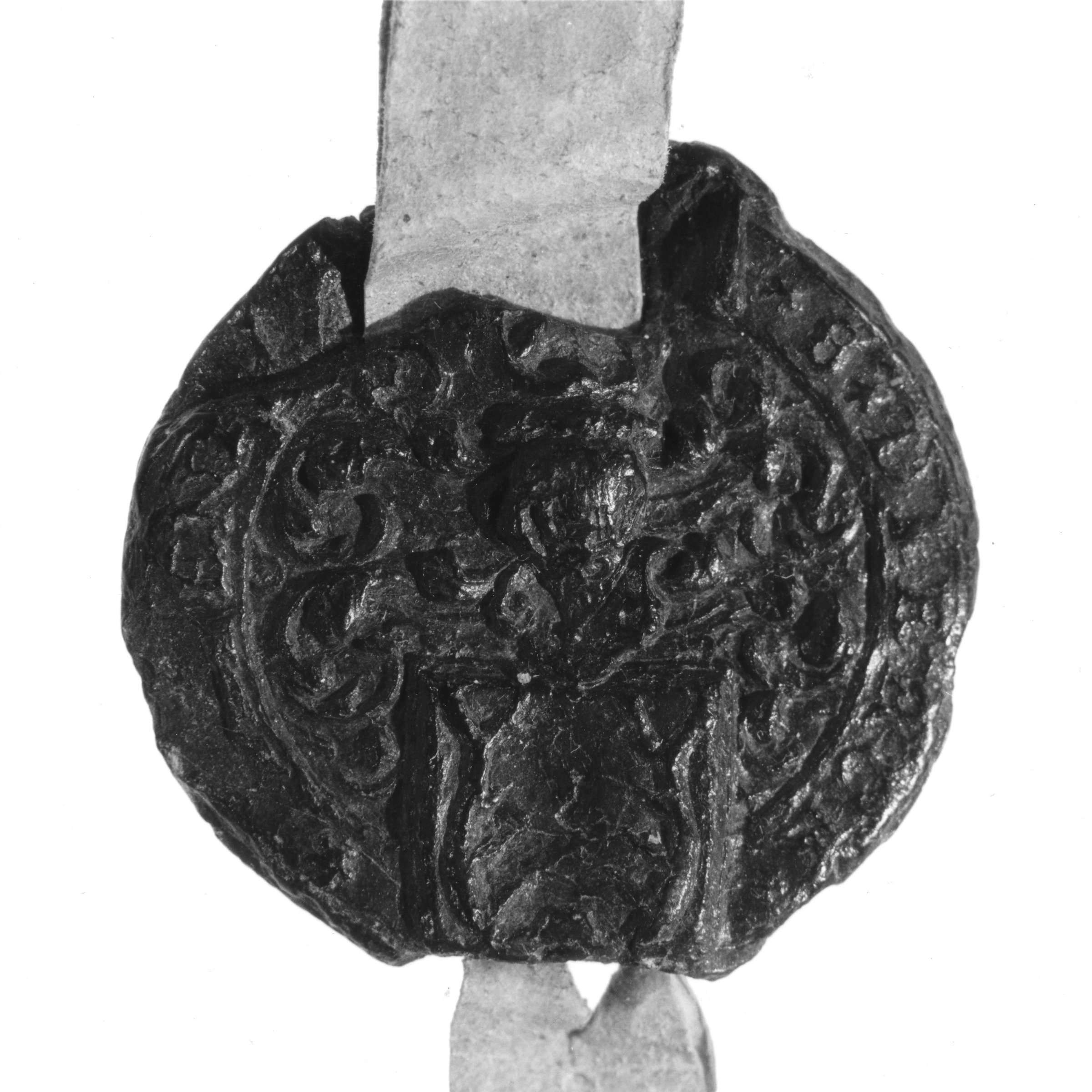|
|
|
|
The oldest generations of the IJsselstein family
Dirck Jansz. Beijen |
Dirck and JannigchenDirck Jansz. Beijen (3.1) is the first Beijen about whom we have information from various sources. He lived from about 1560 to about 1630. As was stated on the previous page, he was probably a grandson of Dirck Jansz., who was an alderman of IJsselstein in 1530.It is not exactly known when Dirck was born: there are no baptismal registers from that time. The oldest document that I have found about him goes back to 1589. In that year he bought a house in the Benschopperstraat (Benschop street) in IJsselstein. According to the document he was married to Jannigchen (Jannecken) Jan's daughter. In other documents she usually had the surname Holl. The document states that Dirck and Jannigchen had no children at that time; we can assume that they had married not long before. In later years they did have children; their years of birth are not known. On the next page more is said about the children. 
In 1599 the family apparently needed more room: Dirck bought a larger house on the south side of the Benschopperstraat, in front of the Ewout Hospital. The situation is shown above on a map from 1652 (at this map the north is at the left bottom side). The supposed place of the house of Dirck and Jannigchen is marked with red. The map is not very precise; in reality there was a small lane between that house and the house on the right side. As far as we know Dirck and Jannigchen remained in this house for the rest of their lives. Glass maker, contractor, tax collector, fire watcher, militiaman, weighmaster, alderman...Dirck Jansz. Beijen must have been an active, enterprising man. As his principal profession he seems to have been a glass maker. There are many statements about commissions to him. In addition he was also a contractor, maybe on a modest scale: in 1616/1617 he was given a commission for paving the floor of the Municipal Weighhouse.
Dirck also had various additional functions. In a document of November 16, 1593 he was, for instance, appointed as a fire watcher for the next year by Princess Mary of Nassau. She was the eldest daughter of Prince William of Orange and at that time the baroness of IJsselstein. A fire watcher was an official who was charged with the supervision of fire safety. Alongside are the names of the fire watchers: Aelbert Geeritsz. Cruijff, Claes Philipsz. Wiltschut, Hans Aertsz. Landtbode and Dirck Jansz. Beijen. At the end of 1594 Dirck was appointed again as a fire watcher for the next year. Dirck was also a member of the citizen's militia, a voluntary local corps that practised using firearms. For a number of years he was the head of the militia. As the local authorities had permitted the militia to exploit the Municipal Weighhouse, Dirck also had a finger in the pie there. Probably he was closely involved in the building of a new weighhouse in 1598/99. The building, which still exists, was diagonally across from Dirck's house in the Benschopperstraat. The tablet says "1599 weecht wel doet ellick recht" (weigh well, do justice to everyone). For a number of years Dirck himself was weighmaster (tenant of the weighhouse). In the years 1610-1619 Dirck was also alderman of IJsselstein. On the right is a picture of the seal that he used as alderman. It is attached to a charter from 1617. The pair of deer's antlers is not in the middle of the seal, as was the case on the seal of his grandfather from 1530, but at the bottom. The will of 1629On August 9, 1629, Dirck and Jannichgen invited the bailiff and the aldermen to come to their house to make their last will. The document says that Dirck was ill and that Jannichgen was still in good health.In the will Dirck and Jannichgen decided, as usual, that the surviving spouse would have the usufruct of the estate, which meant that she of he could use it for the rest of her of his life. Their children were the heirs; the children of their deceased sons Jan and Harmen were heirs in the place of their fathers. Their sons Gijsbert Beijen and their sons-in-law Antonis van Appeldoorn and Cornelis van der Schuer were appointed as guardians of those children. There are no later statements about Dirck. Therefore it is probable that he died not long after the making of the will. His widow Jannichgen must have died in or after 1645. |
|
The next page The homepage |
The overview of the site The top of the page |
Searching this website Comments or questions |


